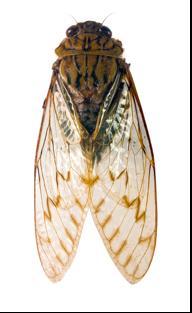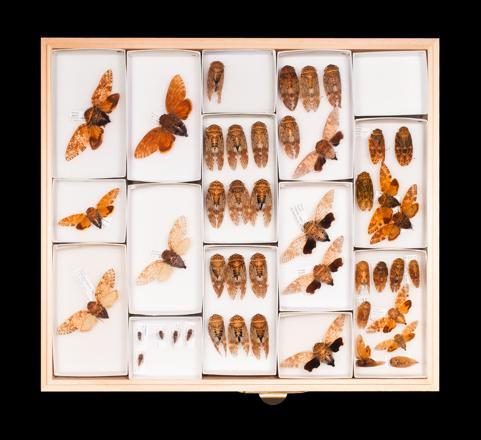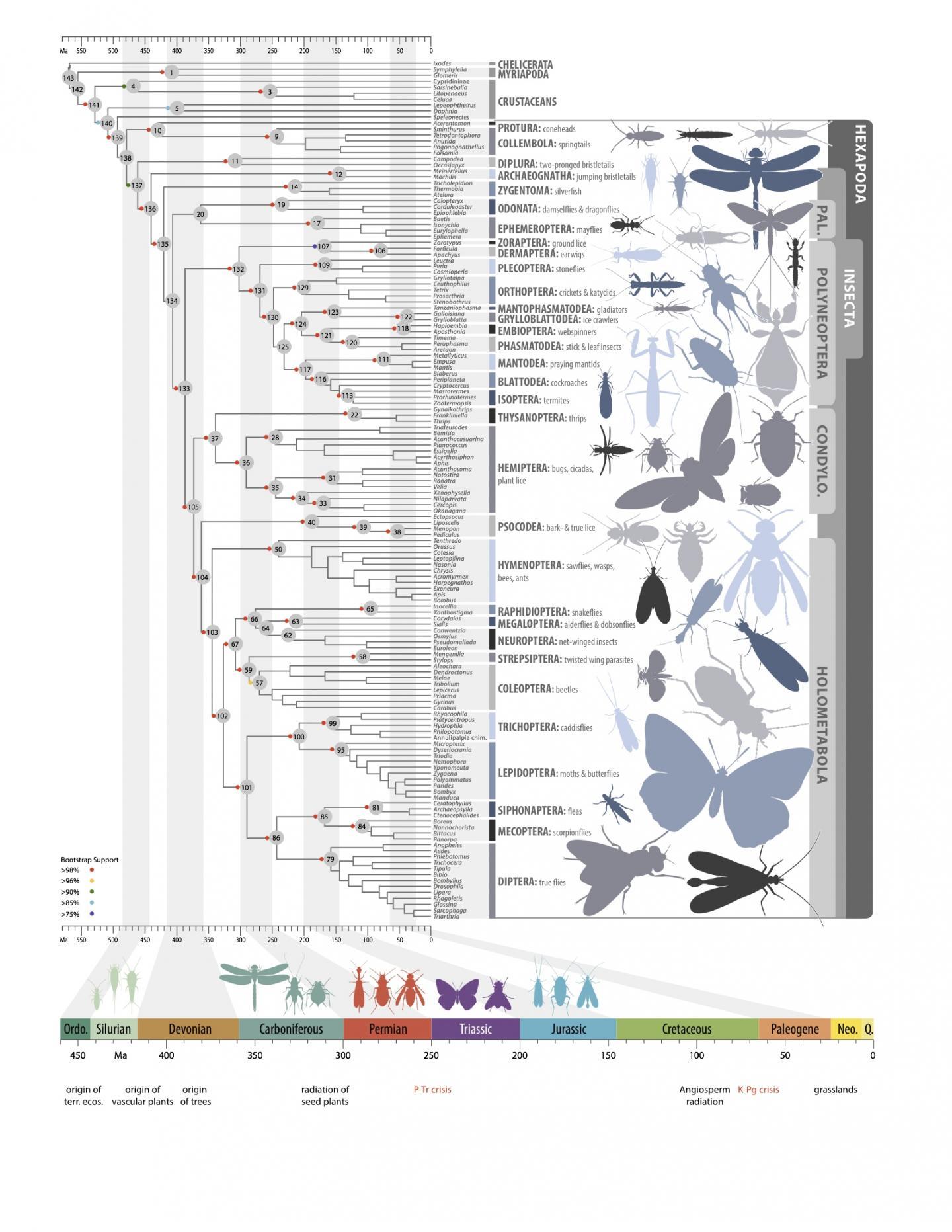SAN FRANCISCO (November 6, 2014) --An international team of more than 100 researchers--including Dr. Michelle Trautwein of the California Academy of Sciences--has published the first modern roadmap of insect evolution. Understanding how insects are related uncovers their true ecological, economic, and medical importance, and, until now, has been largely unknown. The unprecedented results, appearing in this week's issue of Science, reconstruct the insect "tree of life" and answer longstanding questions about the origins and evolution of the most species rich group of organisms on Earth.
The results, published by scientists from the 1KITE project (1,000 Insect Transcriptome Evolution, http://www.1kite.org), are essential to understanding the millions of living insect species that shape our terrestrial living space and both support and threaten our natural resources.
"When you imagine a giant map of the evolution of life on Earth, insects are by far the largest part of the picture," says Trautwein, the Academy curator who contributed to the fly-related portion of the study. "We have not had a very clear picture of how insects evolved--from the origins of metamorphosis to which insects were first to fly. New sequencing technology allowed us to compare huge amounts of genetic data, and for the first time ever, we can fill these knowledge gaps. Science is taking us closer to solving the mysteries of the evolution of life than ever before."

Dr. Michelle Trautwein, Assistant Curator of Dipterology at the California Academy of Sciences, added fly expertise to a first-ever evolutionary roadmap of insects. Study results suggest insects first developed wings before any other animal, over 400 million years ago.
(Photo Credit: ©Andrew McCormick for the California Academy of Sciences )
Using a dataset consisting of 144 carefully chosen species, 1KITE scientists present reliable estimates on the dates of origin and relationships of all major insect groups based on the enormous molecular dataset they collected. They show that insects originated at the same time as the earliest terrestrial plants about 480 million years ago. Their analyses suggests that insects and plants shaped the earliest terrestrial ecosystems together, with insects developing wings to fly 400 million years ago, long before any other animal could do so, and at nearly the same time that land plants first grew substantially upwards to form forests.
"Phylogeny forms the foundation for telling us the who?, what?, when?, and why? of life," says Dr. Karl Kjer, Professor from Rutgers University. "Many previously intractable questions are now resolved, while many of the "revolutions" brought about by previous analyses of smaller molecular datasets have contained errors that are now being corrected."
The new reconstruction of the insect tree of life was only possible by a cooperation of more than 100 experts in molecular biology, insect morphology, paleontology, insect taxonomy, evolution, embryology bioinformatics and scientific computing. The consortium was led by Karl Kjer from Rutgers University, USA, Xin Zhou from the China National GeneBank, BGI-Shenzhen, China, and Bernhard Misof from the Zoological Research Museum Alexander Koenig in Bonn, Germany.
"We wanted to promote research on the little-studied genetic diversity of insects," says Dr. Xin Zhou, deputy director at the China National GeneBank, who initiated the project. "For applied research, it will become possible to comparatively analyze metabolic pathways of different insects and use this information to more specifically target pest species or insects that affect our resources. The genomic data we studied (the transcriptome - all of the expressed genes) gives us a very detailed and precise view into the genetic constitution and evolution of the species studied."

The California Academy of Sciences houses a ten-million-specimen Entomology collection -- one of the largest in North America. The study results published in this week's issue of Science tell Academy researchers more than ever before about the evolution of insects. Scientists now believe insects originated at the same time as the earliest terrestrial plants, about 480 million years ago.
(Photo Credit: ©Andrew McCormick for the California Academy of Sciences)
The goal to analyze a gigantic amount of insect genetic information posed a major challenge to 1KITE's bioinformatics and scientific computing team. "During the planning phase of the project it became clear that the available software would not be able to handle the enormous amount of data," relates Dr. Alexis Stamatakis, group leader at the Heidelberg Institute of Theoretical Studies in Germany. "The development of novel software and algorithms to handle 'big data' such as these, is another notable accomplishment of the 1KITE team, and lays a theoretical foundation for future analyses of other very large phylogenomic data sets."

More than 100 international scientists contributed the landmark evolutionary study. The enormous molecular dataset included 144 carefully chosen insect species, and reconstructs the insect tree of life.
(Photo Credit: 1KITE (1K Insect Transcriptome Evolution))
Source: California Academy of Sciences